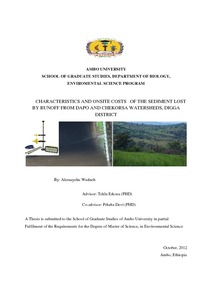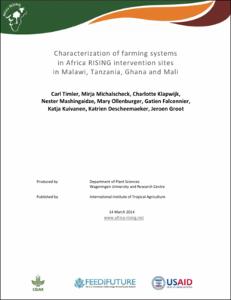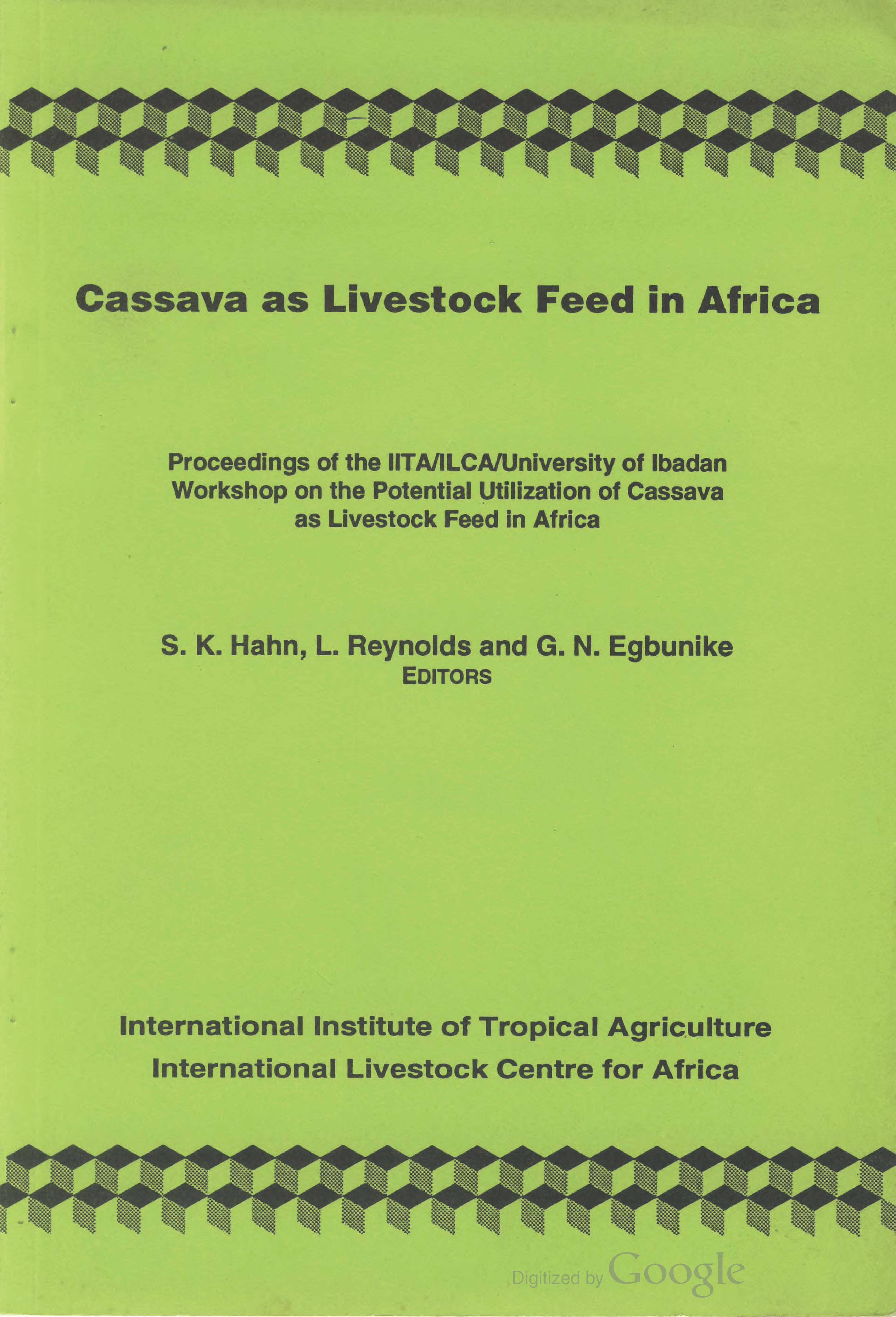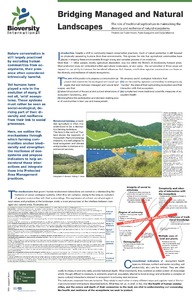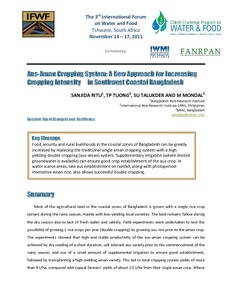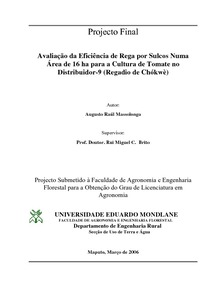Commercializing smallholder value chains for goats in Mozambique: A system dynamics approach
Goat producers in Inhassoro follow traditional management practices that lead to low supply of low quality goats. This has negative impacts on profitability, and on market access. Traders who buy in the Inhassoro locality buy only small volumes, and buyers from external markets are unaware of potential market supply in Inhassoro. This interaction of production constraints and limited information flows in the value chain was addressed using a system dynamics model for various commercialization scenarios.


